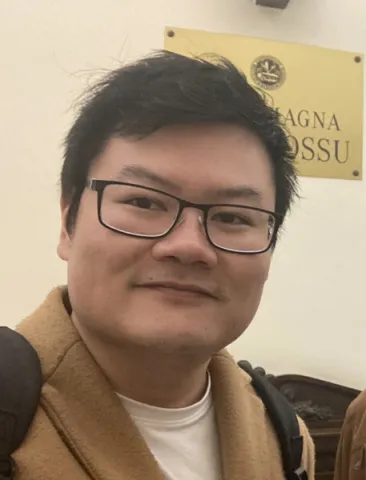About the project
This project explores how quantum techniques can reduce communication complexity in distributed systems. It involves studying classical and random communication complexity theories, and applying quantum methods like entanglement and superposition.
The goal is to understand and lower the number of interactions needed, enhancing efficiency and reducing costs.
Communication complexity in theoretical computer science examines the amount of communication required to solve a problem when the input is distributed among two parties. This project aims to explore how quantum techniques can reduce communication complexity, thereby lowering costs in distributed systems.
Objective: the objective is to understand the theoretical complexity bounds on the number of interactions needed to solve distributed problems. By leveraging quantum techniques, we aim to demonstrate reductions in communication requirements compared to classical methods.
Content: the project is about a theoretical study of classical communication complexity theory, random communication complexity theory, and the role of quantum techniques in reducing complexity. Key areas of focus include:
- classical communication complexity: understanding the foundational principles and limitations
- random communication complexity: exploring probabilistic methods and their impact on communication efficiency
- quantum communication complexity: investigating how quantum entanglement and superposition can reduce communication needs.
Technicality: the project will delve into
- rank of boolean matrices: analyzing the rank and its implications for communication complexity
- graph theory: utilizing graph-based models to represent communication protocols and their efficiencies
- theoretical complexity: studying the theoretical bounds and computational limits of various communication protocols.
Skills: the project requires a strong background in mathematics and a math-oriented mindset. Proficiency in linear algebra, probability theory, discrete mathematics will be essential.
Impact: the project is aimed to provide a deeper understanding of the complexity bounds and to demonstrate how quantum techniques can offer substantial improvements in efficiency and cost reduction in distributed systems.
